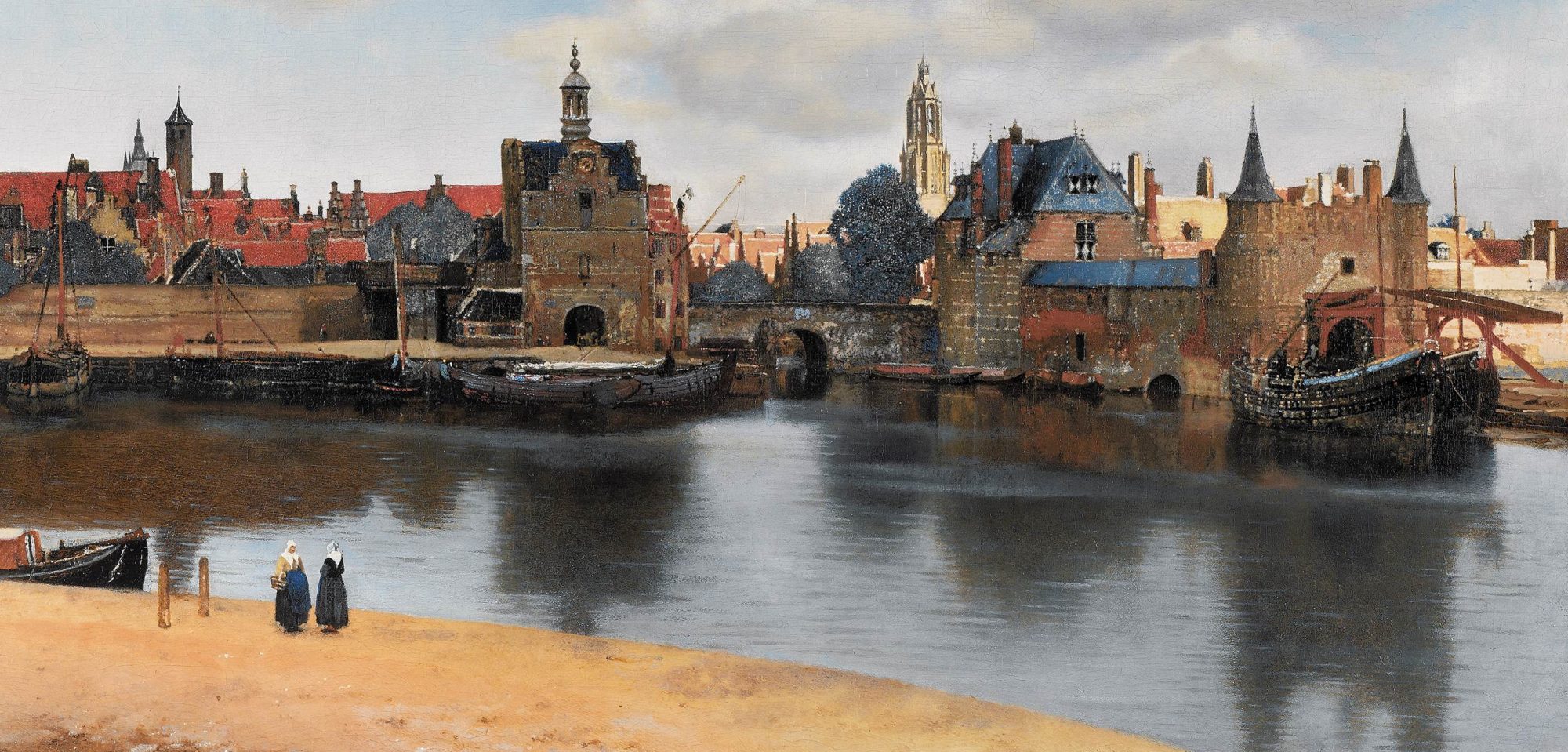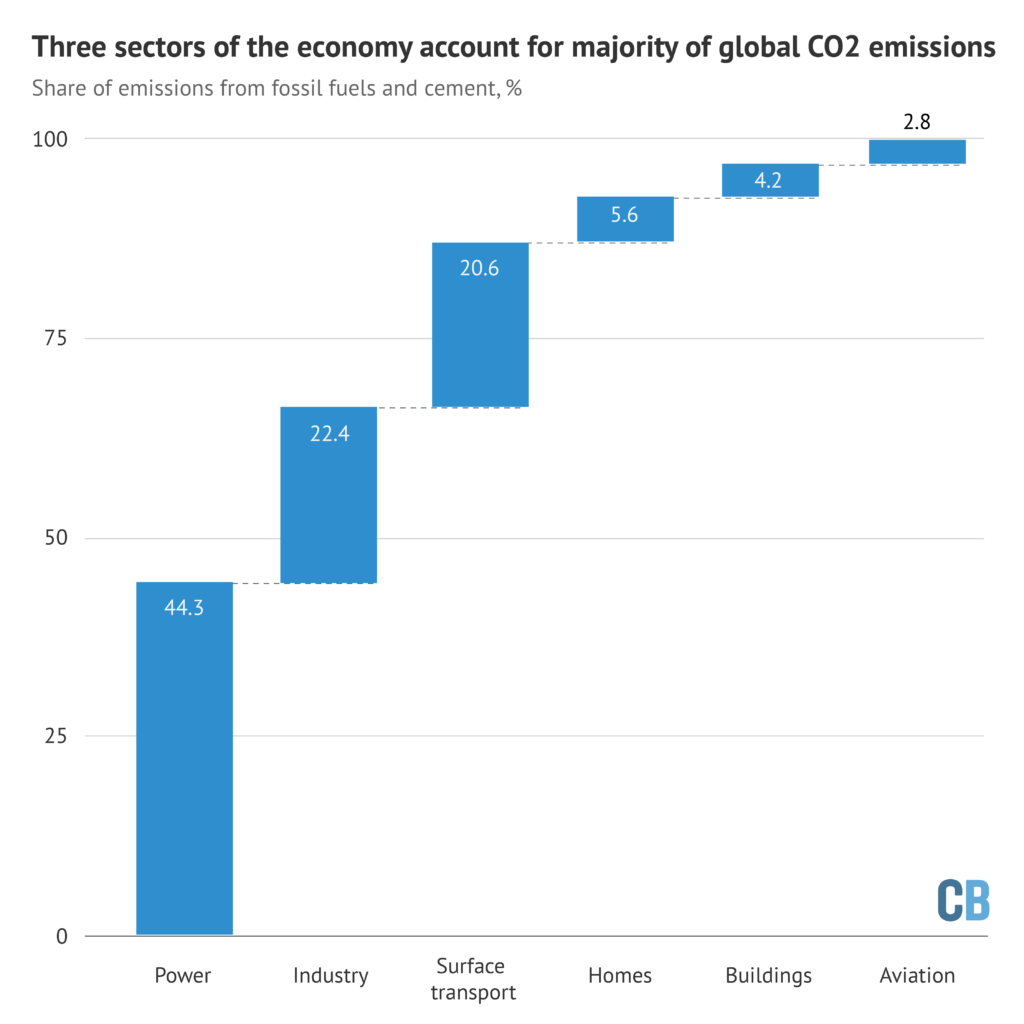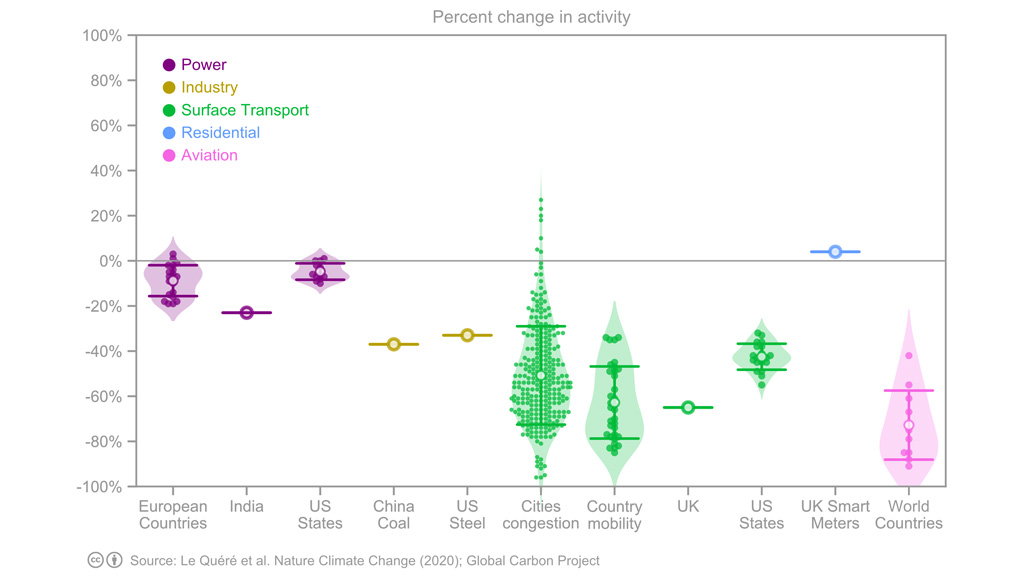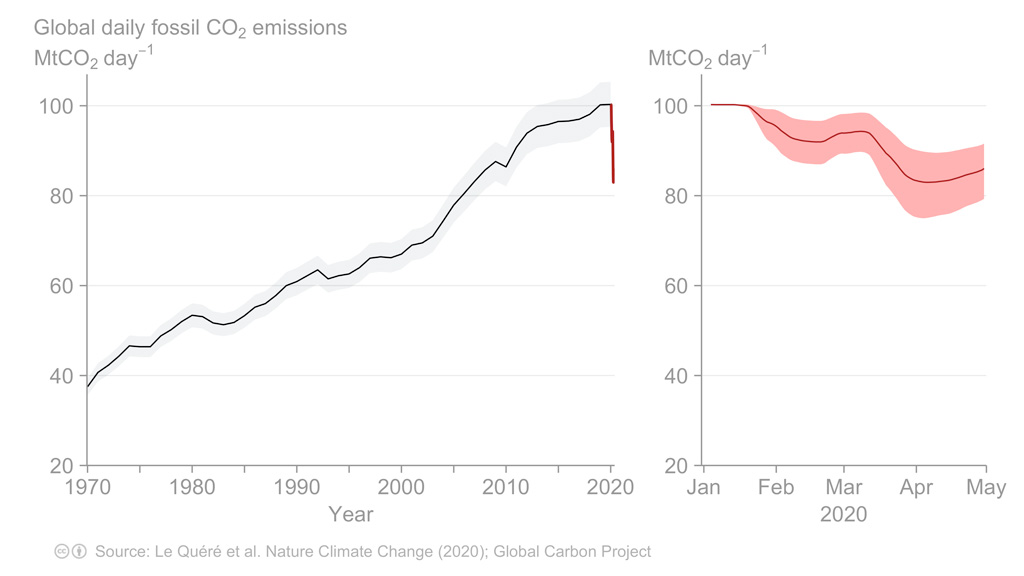“Individually we are no match for nature. Together we are.“
Stewart Simonsen, Assistant Director-General, World Health Organization; in conversation with Fareed Zakaria, GPS, 24 May 2020
“Congress will have to think with knowledge that we will have another crisis.”
Gary Cohn, Former Director, National Economic Council, Former President & Chief Operating Officer, Goldman Sachs, in conversation with Fareed Zakaria, GPS, 24 May 2020
Given the health, governance, and legal risks posed by the coronavirus and the covid-19 response, a primary issue affecting us all, including galleries, museums, and cultural organizations around the world, has been how to limit its spread. As a prophylactic vaccine has not yet been developed, decisions were made to limit possible exposure and contagion by distancing people from one another. In many countries all organizations and enterprises except those providing what have been considered “essential” services were closed, museums included.
Museums are public spaces that welcome people through their doors into shared spaces to look at art together. They have had to grapple with the questions of whether or not and how to engage their audiences while closed. They grapple now with the question of how best to re-open while continuing to mitigate the risk of contagion and spread.
The learning curve has been steep and rapid. Marc Spiegler, Global Director of Art Basel, and museum leaders from Asia, Europe, and the United States addressed the learning curve and responses of the museum sector during a webinar discussion that took place on 21 May, “How will the pandemic change institutions?“
Dr. Zoé Whitley, director of the Chisenhale Gallery, London, Anne Pasternak, Shelby White and Leon Levy Director of the Brooklyn Museum, New York City, Phlip Tinari, director and CEO of the UCCA Center for Contemporary Art, Beijing, and Dr. András Szántó, author and cultural strategy advisor, New York City, shared their thoughts and perspectives on the missions, priorities, and activities of their organizations, how they were managing during the pandemic and concomitant shut-down, risks, risk management, and ways to make it possible to be back in physical spaces looking at art with other people.
“What roles should institutions play in the post-covid cultural landscape, assuming you can even guess what the landscape is going to be?”
Acknowledging that “we have a responsibility to re-think how we remain relevant to our audiences,” Dr. Whitley asked, “how do you start charting a new path under these incredibly strange circumstances?”
“I think that’s precisely the question,” she continues. “What might rank as the world’s worst hypothetical interview question: how would you lead an organization remotely in the midst of a global pandemic? And you would think it was so absurd as to be not really be able to entertain it. And yet here we are.”
While understanding that the pandemic and the global response caught many off guard, knowing what we now know, we may need to revisit underlying assumptions of absurdity and re-map our thinking. The pathogen and pandemic did not come out of nowhere. See: “Q&A: Could climate change and biodiversity loss raise the risk of pandemics?“.
Pathogens such as the coronavirus that is causing the covid-19 response occur abundantly in nature. As we, through our many behaviors, draw closer to wild animals, for instance, and draw them closer to us, and unless we work consistently and with intention to acknowledge, manage, and mitigate risk, we may expect ever more such pandemics.
The UCCA Center for Contemporary Art in Beijing may serve as a case study. Having closed its doors on 24 January, the UCCA re-opened to the public on 21 May.
Philip Tinari reflected on the disappearance of everyday routine during the closure, the mood of solemnity of everyday existence, the poignancy of being back in physical space looking at art with people, and the freedom to enter into a public space and look at art.
He observed that while “it’s poignant and it’s just wonderful to be back in physical space looking at art with people, … that can only happen because of larger dynamics in the society.”
“The freedom to enter into a public space and look at art,” the freedom to enter the UCCA Center for Contemporary Art, and Beijing’s 798 Art District in which it is located, is afforded by measures taken to control the contagion and spread.
“To even enter into 798, one needs to have one’s temperature taken and one needs to show a kind of virtual pass which is generated by a government app that, you know, tracks your data and proves that you have not been in any high-risk areas for the last 14 days or 21 days, and even, in some cases, synchs to facial-recognition thermometers that are around town. So, there’s a complete panopticon, and we’re the indirect beneficiaries of it.
“And at our door, there’s another temperature check as there is at the entrance of any restaurant or store. And masking here is completely mandatory and universal. And so then it just becomes a question of how to be responsible and keep things disinfected and use our guards to keep people distanced.
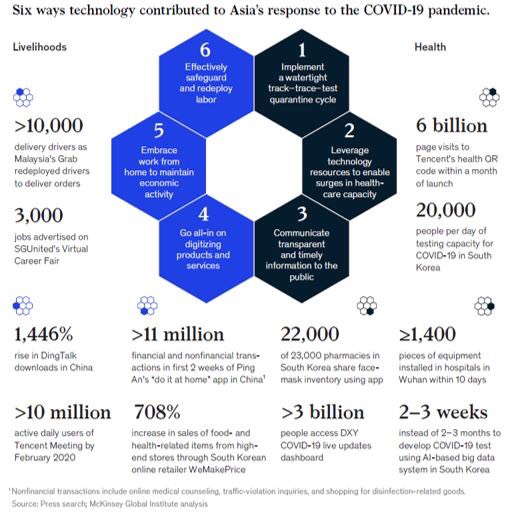
“I guess all to say that we’re all kind of working inside the contexts where we find ourselves. And this one, for the draconian nature of certain measures, they paradoxically allow for the freedom to enter into a public space and look at art.”
As risks abound, continue, and even, arguably, increase, it is crucial to plan and conduct business smartly, in a forward-looking manner, clearly articulating desired outcomes, on the one had, and negative externalities, that are increasingly no longer external, on the other.
UCCA has postponed shows that were on the calendar for this year, “many of which involved intense overseas collaborations and were not going to happen as scheduled.” Yet, learning as early as early March that the museum re-opening would take place on 21 May, the first date also of the re-scheduled Beijing Gallery Week-end, Mr. Tinari and the museum curators realized “that there was no way we could get to May 21 and not have something to show everyone.”
“And so I sat in a room with my curators for about a week. And we came up with an exhibition that we titled “Meditations in an Emergency” after the Frank O’Hara anthology which kind of looks at the post-covid world from five different angles. Everything from the disappearance of everyday routine to the relationship between humans and animals to the proliferation of a sort of de-centered polyphonic or contradictory narrative around news and information.
“It’s a 26-artist group show that’s actually, I don’t mean to brag or anything, but it’s really beautifully installed. And it’s poignant and it’s just wonderful to be back in physical space looking at art with people.”
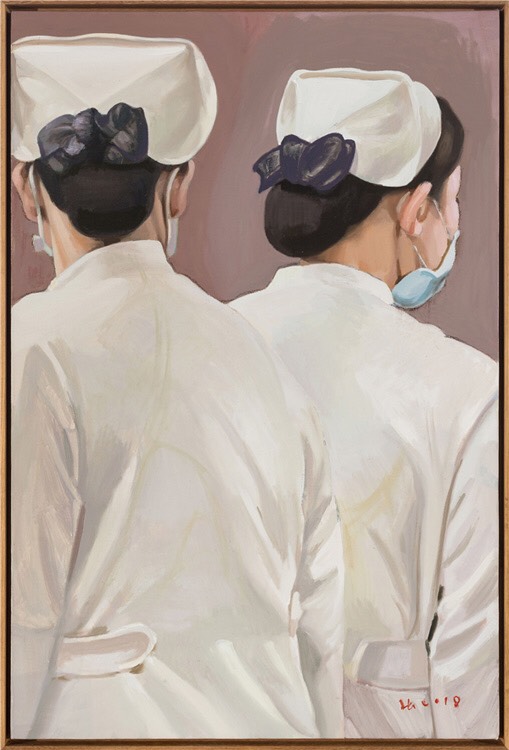
Credit: Zhang Hui and UCCA, Center for Contemporary Art, Beijing: “Meditations in an Emergency,” 21 May – 30 August 2020
Thinking forward, Mr. Tinari observes “a certain solemnity to just everyday existence now. People are ready to come. And in a way that’s a very not the worst frame of mind with which to enter into an exhibition.”
What he’s been calling “the new intentionality,” engaging in activities “with a very specific purpose and for a limited duration,” applies, he says, to programming as well. “It’s not that we won’t continue to do big international shows but we’ll do them for specific reasons with kind of very measurable goals in more measured ways.”
See:
Art Basel, “How will the pandemic change institutions?“, YouTube, 22 May 2020
Oliver Tonby, Jonathan Woetzel, Noshir Kaka, Wonsik Choi, Jeongmin Seong, Brant Carson, and Lily Ma, “How technology is safeguarding health and livelihoods in Asia,” McKinsey & Company, 12 May 2020
“Zoé Whitley, Star Curator Behind Acclaimed ‘Soul of a Nation’ Show, Named Director of London’s Chisenhale Gallery,” ARTnews, 17 January 2020
UCCA, Center for Contemporary Art, Meditations in an Emergency, 21 May 2020 – 30 August 2020
